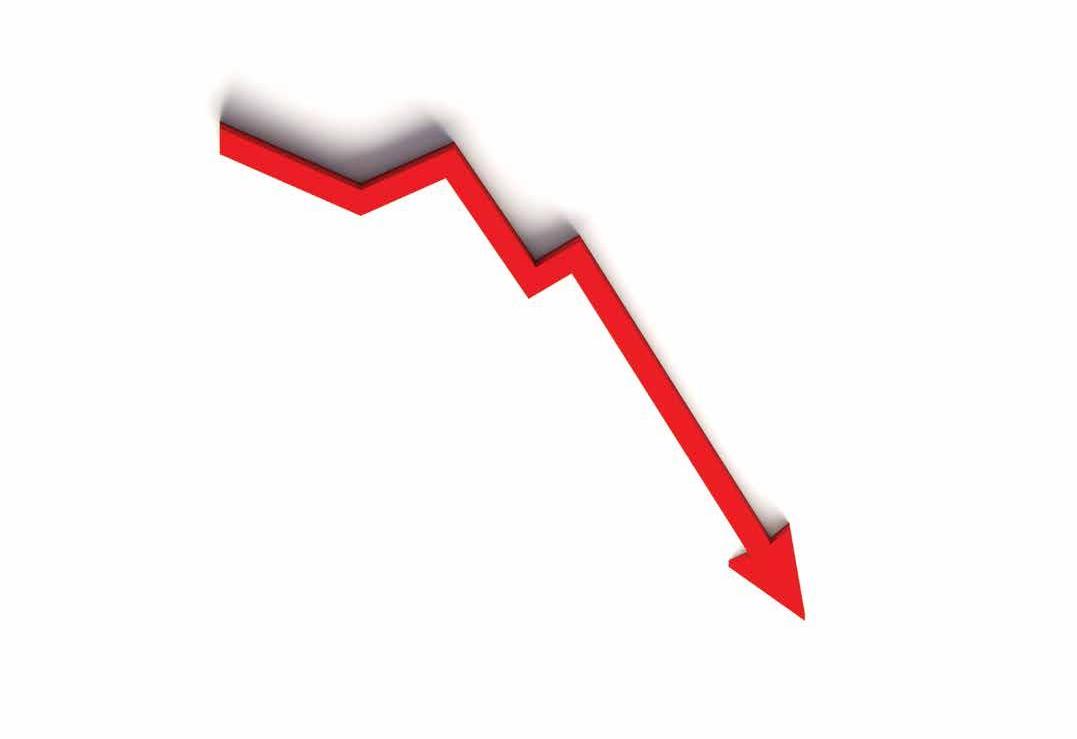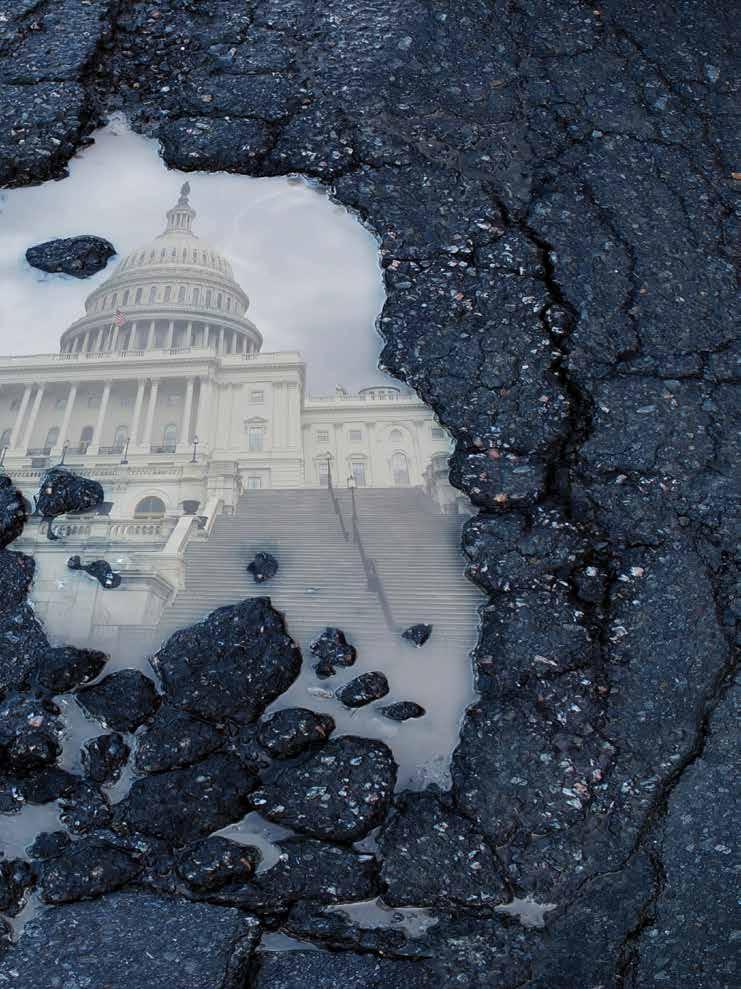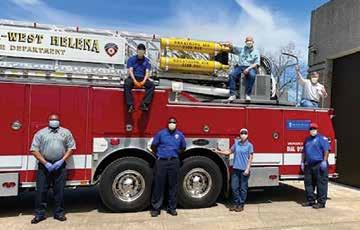Community Bank Stress Testing for the COVID-19 Shock
l
Stress-Testing Reduces the Uncertainty
ike the financial crisis period, the COVID-19 crisis is again exposing community banks to a severely adverse shock.1 Arguably, the uncertainty associated with this shock is greater than the uncertainty experienced in 2008 at the onset of the financial crisis because there is no modern precedent for a global shock that has disrupted such a large swath of households and firms. Indeed, 3.28 million U.S. workers filed unemployment claims for the week ended March 21, nearly five times the previous record high.2 Given the uncertainty, a bank stress test is a useful tool to make an educated guess as to how banks will be affected by this crisis. Stress-testing provides insights to potential worstcase conditions in the banking industry, which provides opportunities for bankers, regulators and policymakers to better prepare. With preparation, damage to banks’ balance sheets can be reduced, allowing them to continue to lend to creditworthy households and businesses to promote economic recovery. Bank stress testing is an even more relevant exercise for the COVID-19 shock than for previous crises. A stress test assumes that all banks go through an adverse scenario to provide a worst-case outlook for each bank. But we know prior to the stress test that only a subset of banks will experience the worst-case outcome because only a subset of firms and households are severely affected by the shock, and banks differ in their exposure to these entities.
22
The Arkansas Banker n Summer 2020
The COVID-19 shock more uniformly applies to all banks because the shock has driven even financially healthy firms and households into distress. In other words, even well-managed banks with low-risk profiles are directly hit by this shock. A stress test in this context is more likely to accurately portray the distress of a large proportion of banks.
An Historical Loss Approach
The community bank stress test we developed after the 20072009 financial crisis uses an historical loss approach to estimate five-year changes to bank capital from a severely adverse shock.3 It does this by applying chargeoff rates derived from banks’ actual chargeoff rates between 2008 and 2012, which encompasses the recession and recovery following the financial crisis. Specifically, chargeoff rates applied to each bank in a local market are taken from the 90th percentile chargeoff rates of all banks in the market. For example, the chargeoff rate for commercial and industrial loans for a bank in the first year of the five-year simulation is the 90th percentile chargeoff rate experienced by banks in its market in 2008. The chargeoff rate for the second year is the 90th percentile chargeoff rate of those banks in 2009, and so on through 2012. An advantage of the historical loss approach is that the financial crisis shock provides a severely adverse scenario that serves as a benchmark for future crises, and it bypasses the need to use econometric approaches to map changes in economic conditions into banks’ chargeoff rates. A disadvantage is that future shocks are assumed to be identical to the benchmark scenario.
























